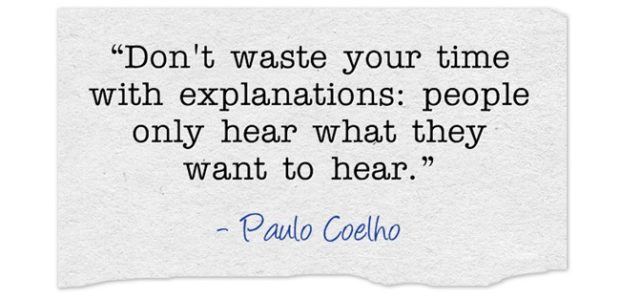The news of Same-Sex Marriage a Right Nationwide in the U.S. has taken over the Internet.
While the two sides supporting and against it are arguing back and forth, what if I have no opinions on this and I just want to stay “neutral”?
Is there a true “neutral” position that one can adopt?
I begin by understanding the issue, marriage. By enumeration (which I will discuss further later), we have two options for marriage:
- Marriage between the same sex
- Marriage between the opposite sex
As we can see, with two options, there are no middle ground.
So to be neutral, we either allow both options, or allow neither of them:
- Allowing both options, we have the exact same stand as a same-sex marriage supporter, that is “the sexuality does not matter in marriage”.
- Allowing neither of them, we have no marriage and we lose the continuation of the human species, which is not what we want.
So now it looks like the same-sex marriage supporters’ stand is indeed the neutral stand, so what is the catch here?
We risk “going down the slope”. I have mentioned above that “by enumeration, we have two options for marriage”, but there was a hidden assumption there:
When we talk about marriage, we talk about humans.
What if we broaden the scope of discussion, and talk about same and different species, just like what we did to the same and opposite sex? There we have two options as well:
- Marriage between the same species
- Marriage between different species
I think at this point, it becomes pretty clear that in order to maintain neutral, we have to allow marriage between both same and different species.
So why not take this stand? The obvious answer is that this is insane. It crosses some (most) people’s limit. And that is exactly the problem here in the same-sex marriage. The idea of same-sex marriage crosses some people’s limit, just like the idea of marriage between different species. The neutral position differs from person to person due to their different limits.
For me, I can have my neutral position as “allowing marriage between both same and different species.” But this may sound crazy to many people so it might not be the best position.
So know your limit, and set the neutral position. Alternatively, you can push (or be pushed) beyond your limit and adopt a new neutral position.



